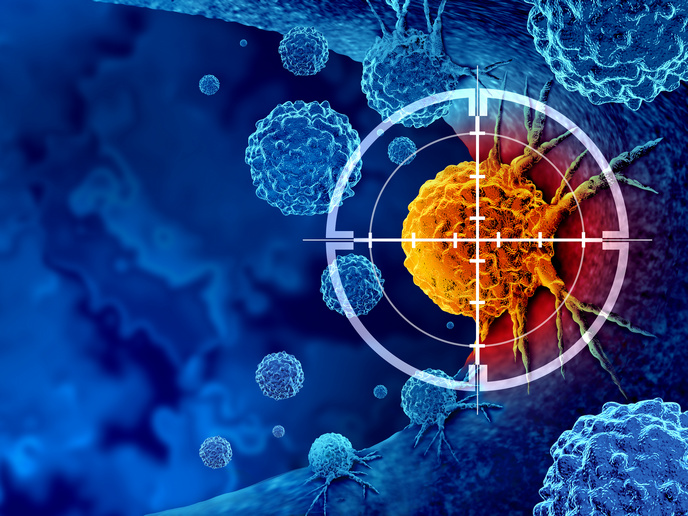Bio-mimicry for materials science
Biological systems are often composed of highly complex but ordered structures that can self-organise as a result of chemical and physical processes. Mimicking such processes could lead to the creation of patterned surfaces that might find application in new materials, medical diagnostics or even synthetic tissue. The EU-funded 'Exploiting chemical self-organisation in materials science' (ECSOMS) project developed new ways to exploit pattern-forming mechanisms in materials science. Physical scientists and engineers contributed expertise to this research, which was inspired by Alan Turing’s theory that biological order can arise from the interplay of autocatalysis and diffusion. Autocatalysis refers to a chemical feedback loop in which the product of a reaction is also the reactant. Researchers looked to enzymes as a new source of chemical feedback that would create the right reaction conditions for coupling with pH-sensitive polymers. They also designed a novel flow reactor to generate spotted and striped patterns on the curved surface of a cylinder. The resultant pattern was effectively controlled by the ratio of the cylinder circumference to the intrinsic wavelength of the pattern. ECSOMS has generated new knowledge that contributes to an important area of theoretical research. In addition, its advances may find practical application in the design of drug delivery systems and materials science.




